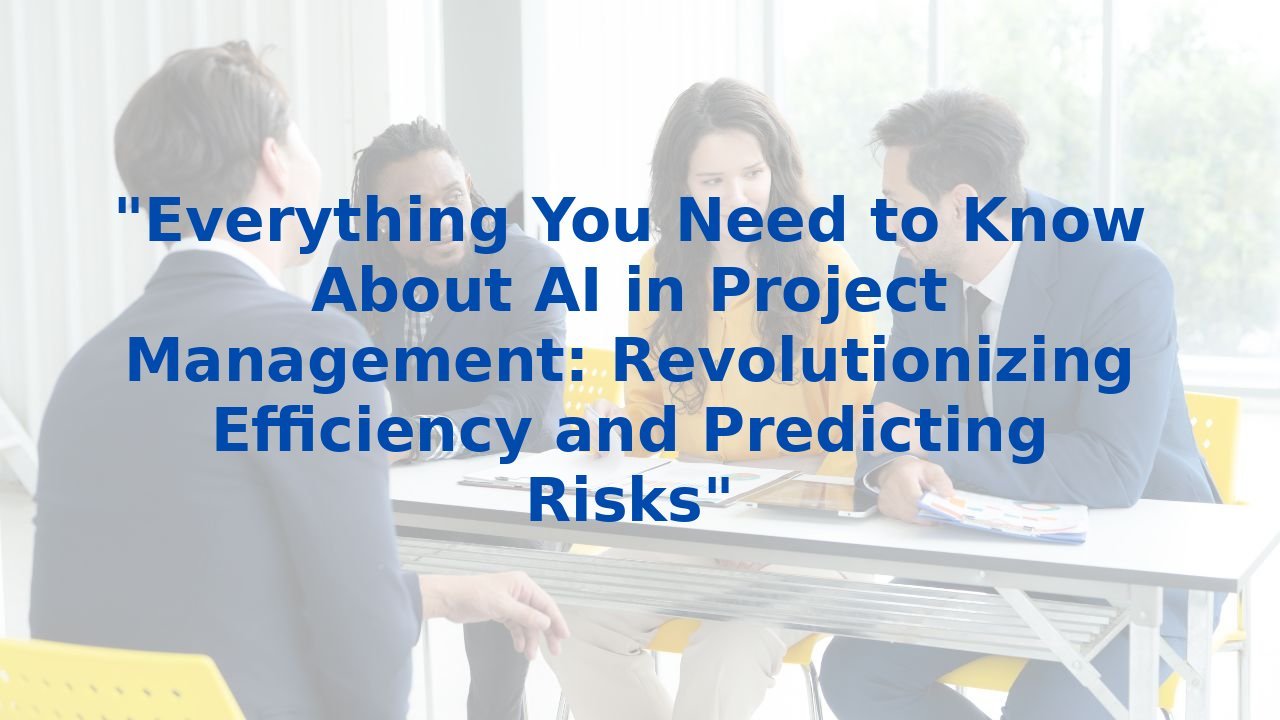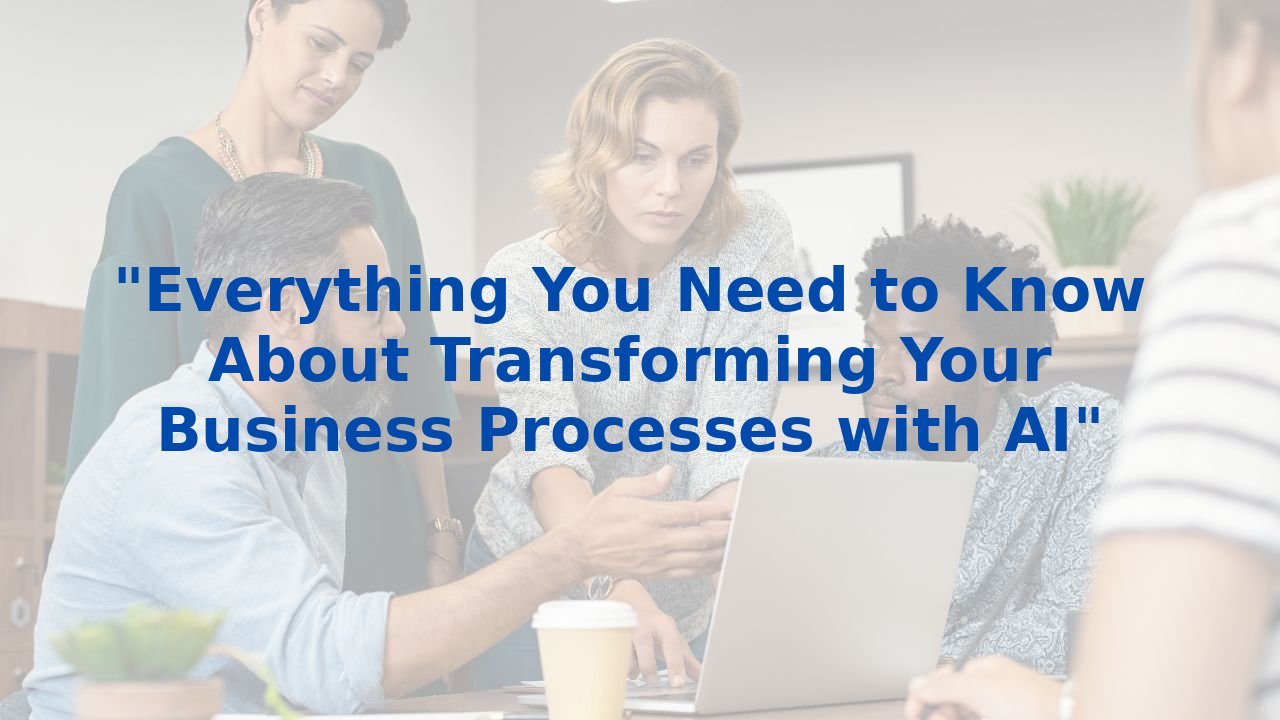"Everything You Need To Know About Stock Market Manipulation: The Silent Hand Behind the Curtain"
Everything You Need To Know About Stock Market Manipulation: The Silent Hand Behind the Curtain
The intricate world of the stock market is often likened to a grand stage where unseen forces play a pivotal role in influencing outcomes. Among these factors, stock market manipulation stands as a profound yet often misunderstood phenomenon. It’s the silent hand behind the curtain that shapes market movements, impacts investor behavior, and plays a critical role in the economic narrative. But what drives this manipulation, and how can organizations striving for transparency and fairness benefit from technology? More specifically, how can Artificial Intelligence (AI) be harnessed to enhance business processes in this context?
The Mechanics of Stock Market Manipulation
Stock market manipulation can take several forms, including pump and dump schemes, wash trading, and insider trading. These activities create false impressions about a stock's price or market demand, misleading investors and distorting the truth behind stock valuations. By orchestrating these deceptive actions, manipulative entities can reap substantial profits at the expense of the unwary.
Understanding the dynamics of this manipulation is crucial for any organization involved in trading or investment. The consequences not only ripple through financial loss but also erode trust and damage reputations long after the event has occurred.
How AI Can Combat This Manipulation
Artificial Intelligence is emerging as a powerful ally in the fight against market manipulation. By leveraging sophisticated algorithms and machine learning capabilities, organizations can analyze vast amounts of trading data in real time to identify irregular patterns indicative of manipulative practices. This offers a dual advantage: not only does it allow firms to protect themselves from manipulation, but it also positions them as champions of market integrity.
For instance, AI can facilitate:
- Identifying Anomalies: Advanced analytics can sift through enormous datasets to detect sudden, inexplicable spikes in trading volumes or unusual price movements that may indicate manipulation.
- Real-time Monitoring: Continuous monitoring of trading activities helps in quick identification and action against potential manipulation, safeguarding investors and maintaining fair market practices.
- Predictive Modeling: Leveraging historical data, AI can forecast potential manipulation schemes before they escalate, allowing traders and regulators to act proactively.
Enhancing Business Efficiency with AI
Beyond combating manipulation, AI carries the potential to significantly streamline business operations. In our fast-paced world, efficiency is paramount. By automating repetitive tasks such as data entry and invoice processing, organizations free up their workforce to engage in more strategic initiatives. Think about it: when mundane tasks are handled by AI, your team can focus on creativity, problem-solving, and innovation.
Broadening the Scope: AI's Benefits on Various Fronts
AI’s capabilities extend into optimizing processes and enhancing customer experiences. Through process optimization, organizations can restructure outdated methodologies, identify bottlenecks, and enhance overall workflow efficiency. For instance, by automating inventory management and predicting demand trends, businesses not only reduce operational costs but also ensure they stay one step ahead of the market.
Moreover, personalization has become a cornerstone of customer experience. AI can analyze consumer behavior to tailor offerings, resulting in increased customer satisfaction and loyalty. As we evolve into an increasingly data-driven marketplace, these advantages become essential to sustain competitive advantage.
The Importance of Training Employees for AI
However, the true power of AI lies not merely in its implementation but in the people who utilize it. Training your employees in AI-related skills is not a luxury—it's a necessity. Here’s why:
- Enhanced Skills: Comprehensive training equips your workforce with essential skills in data analysis and machine learning, enabling them to leverage AI tools effectively.
- Adaptability: A well-trained workforce can swiftly adapt to new technologies, ensuring the organization remains agile and competitive.
- Improved Decision-Making: Armed with knowledge on AI, employees can make informed decisions that drive strategic growth and innovation.
- Increased Productivity: By understanding how to effectively deploy AI, employees will automate processes more efficiently, leading to enhanced productivity.
Conclusion
Stock market manipulation may lurk as a shadowy presence in financial sectors, but with the advent of AI, organizations have a powerful tool at their disposal to combat this phenomenon. By enhancing efficiency, optimizing processes, and delivering personalized experiences, AI paves the way for a brighter business future. Yet, to truly harness the capabilities of AI, investing in human capital through training is vital. Embracing AI holistically ensures not just survival, but a flourishing presence in a complex and ever-evolving market landscape.
To explore how you can equip your entire workforce with essential AI skills, consider looking into comprehensive training options available in various domains. With the right approach, you can transform not just your processes but your entire corporate culture for the better.



